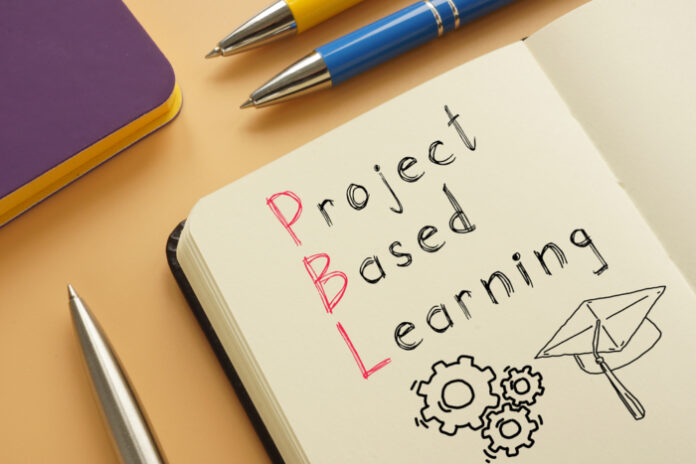Project-based learning is a learning method that has been used since the 1960s, and it has proven to be effective in teaching students to assess and solve real-world problems.
What Is Project-Based Learning?
Referred to as PBL for short, project-based learning is an approach in the classroom that exposes students to real-world problems and challenges to learn how to overcome them and develop a deeper understanding of them. With this method of learning, students work over time to solve a problem or answer a question, presenting their findings afterward.
There are project-based learning programs that can help teachers set up projects.
Why Is It Important?
PBL is important because it aids students in developing fundamental skills like reading, math, and writing. It also helps students with 21st-century skills, such as time management, researching, using technology, problem-solving, and working in a team.
By bringing technology and the development of these skills into the curriculum, students learn to become independent and critical thinkers.
Advantages of Project-Based Learning
PBL is an important learning method that should be incorporated into school curriculums, as there are many advantages it promotes.
Collaboration
Students learn how to work together in groups, which is a useful skill for adulthood. PBL teaches students to share values and compromise, while also valuing the work put forth by others.
Engagement
PBL can encourage engagement; children are engaging because they wish to learn more, and they discover the importance of their learning.
Critical Thinking
Critical thinking is an essential skill for everyone to have, and it’s important for students to develop it at a young age. PBL fosters critical thinking, and it opens up unique possibilities for students to develop skills for receiving feedback and reflecting.
Creativity
PBL helps to foster creativity in students. The children have all of the agency in determining how their project plays out.
Disadvantages of Project-Based Learning
Of course, there are also multiple disadvantages that are associated with PBL.
Lack of Preparedness
A disadvantage can be a lack of preparedness on multiple fronts.
Not every student is ready to engage in PBL. This may be due to varying degrees in maturity levels, unfamiliarity with the idea of an open problem, or just a general lack of knowledge of the problem or the resources available.
Teachers may also be unprepared for PBL, as it may differ from their normal teaching style.
Failing Tests
While project-based learning is beneficial for students, devoting too much time to them can cause problems. Students are still required to take standardized tests, and too much time spent on PBL might mean they don’t have the knowledge to score high.
Assessments
If students are being graded on the PBL, the teacher must constantly monitor and assess them, which is time-consuming and takes them away from other important tasks.
Applicability and Relevance
Teachers may struggle with selecting a problem for students to solve that includes the content they’re studying and skills they need to master or are currently mastering.
Implementation
When implementing PBL, it’s not as easy as choosing a random project and putting a rubric on it. PBL is deeper than that, and there are elements that contribute to a successful PBL.
Knowledge and Skills
With this element, there is an end lesson and educational purpose to the project. It should prepare students for success both in life and in school.
Questions
A challenging question or problem should be posed. It should not be overly challenging; questions and problems should be based on where the child is developmentally, and the question will drive the project. Teachers can guide students through the project, but the students alone need to answer the question.
Sustained Inquiry
A PBL should be a lengthy process; students need to be doing in-depth studies throughout the project. A sustained inquiry can help with critical thinking, not a project they can complete easily.
Authenticity
The lesson should not just be busywork; there needs to be a true, authentic purpose behind it and a lesson to learn. Students should be interested in their projects, not bored by them.
Choice
While the instructors may provide guidelines for the students to follow, ultimately, the journey of the project and its unfolding should be up to the student. This can help ensure the student is actively interested and engaged in the PBL.
Reflection
When the project ends, the learning must still continue. Students need to reflect on the project and what they have learned, not only after the project but during it. Students can keep regular journals as they work on the project or discuss it with other students.
Revision
Once students have reflected on their PBL, they should be able to make the changes they deem necessary. These changes can come from their own personal reflections or criticisms from their peers.
Public
At the end of the project, students should have the opportunity to present their project and their findings to a public audience. A public audience may also encourage students to work harder during the project. These PBL presentations can be conducted at a school board meeting or a showcase.
PBL is time-consuming and may take time for both students and teachers to master, but ultimately it is beneficial to the development of skills and independence in students.
Find a Home-Based Business to Start-Up >>> Hundreds of Business Listings.















































